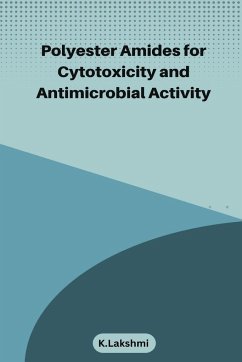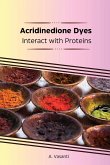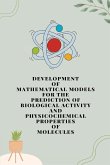Polyester amides have gained significant interest in the field of biomedical polymers due to their promising properties such as biocompatibility, biodegradability, and excellent mechanical strength. In this book, author focuses on the synthesis and characterization of certain random photocrosslinkable thermotropic liquid crystalline poly (ester amides) and their potential cytotoxic and antimicrobial activities. The work investigates the biocompatibility of the synthesized polyester amides with mammalian cells and their biodegradability, making them suitable candidates for various biomedical applications such as drug delivery, tissue engineering, and regenerative medicine. The photocrosslinkable properties of the poly (ester amides) further enhance their suitability for these applications by allowing controlled and sustained release of drugs. This book explores the antimicrobial activity of the polyester amides against bacteria and fungi, providing valuable insights into their potential use as antibacterial agents. The study assesses the effect of these polymeric biomaterials on microbial growth, cell viability, cell proliferation, and cell adhesion, paving the way for further research on their potential in developing biomedical devices, implants, and medical textiles. This book material uses various analytical techniques for polymer characterization such as thermal analysis, structural analysis, and optical, mechanical, and surface properties evaluation, providing a comprehensive understanding of their molecular weight and chemical composition. The study also explores the molecular mechanisms behind the cytotoxic and antimicrobial activities of these poly (ester amides) using in vitro and in vivo studies, highlighting their potential as promising candidates for developing new therapies for inflammatory and infectious diseases.








